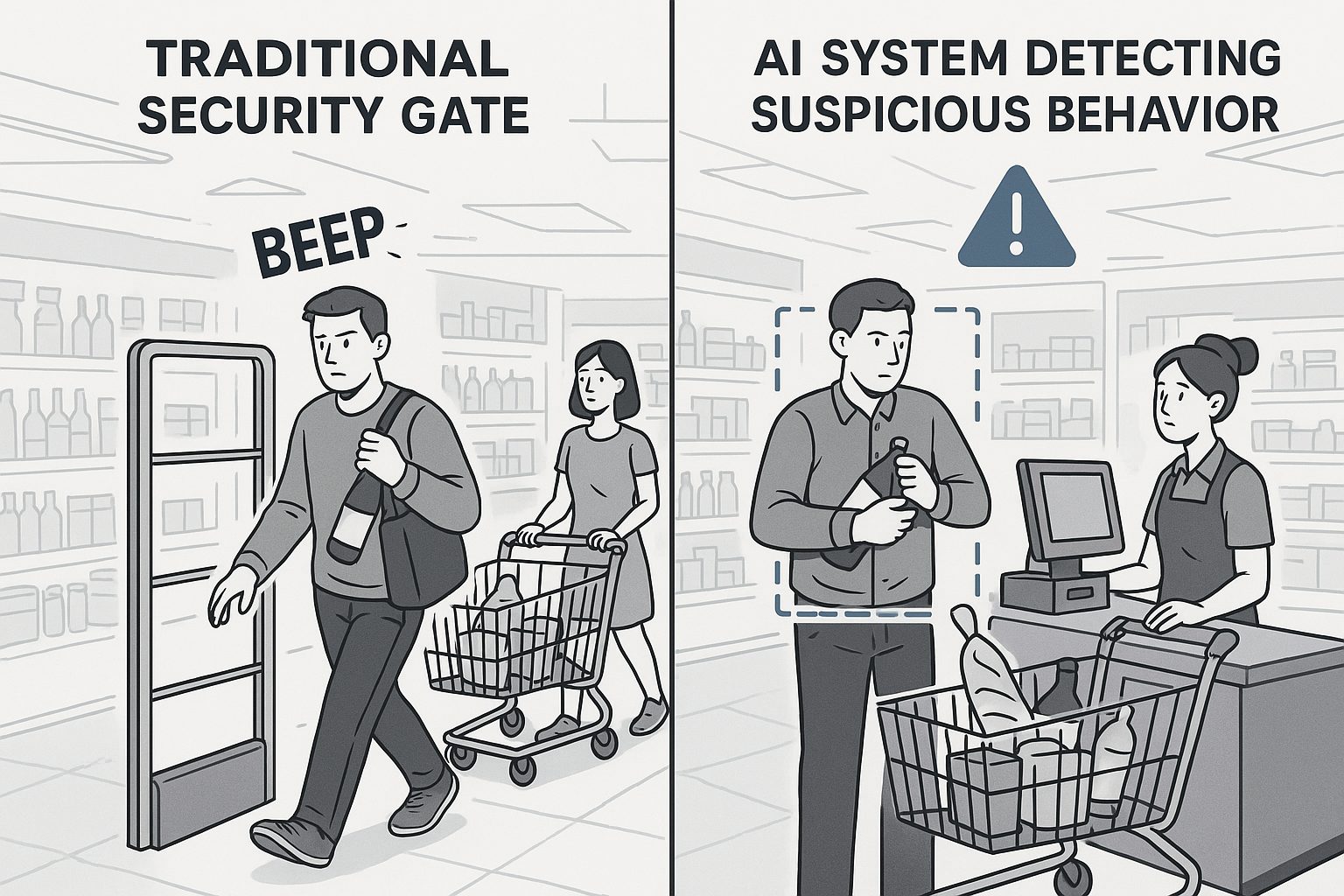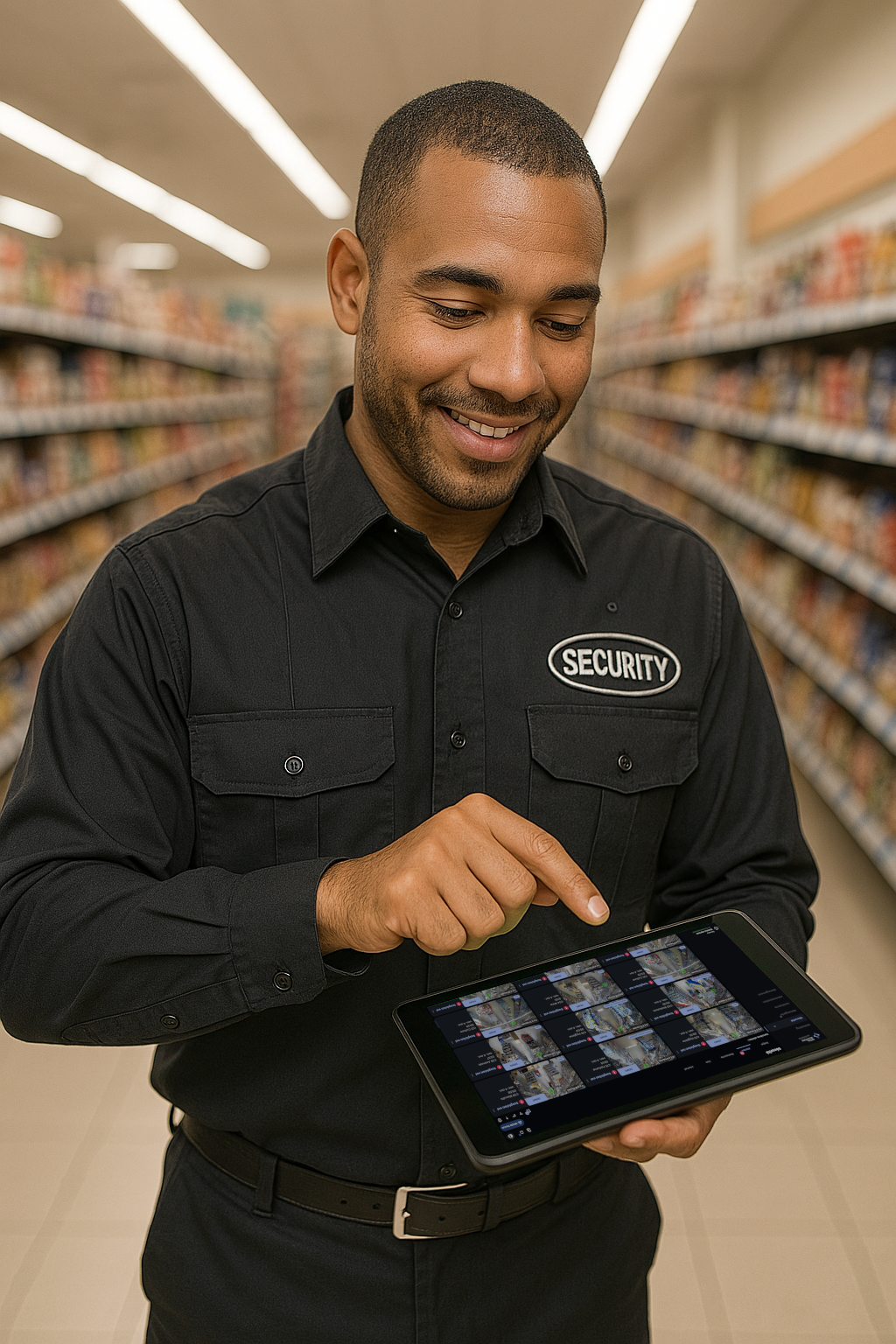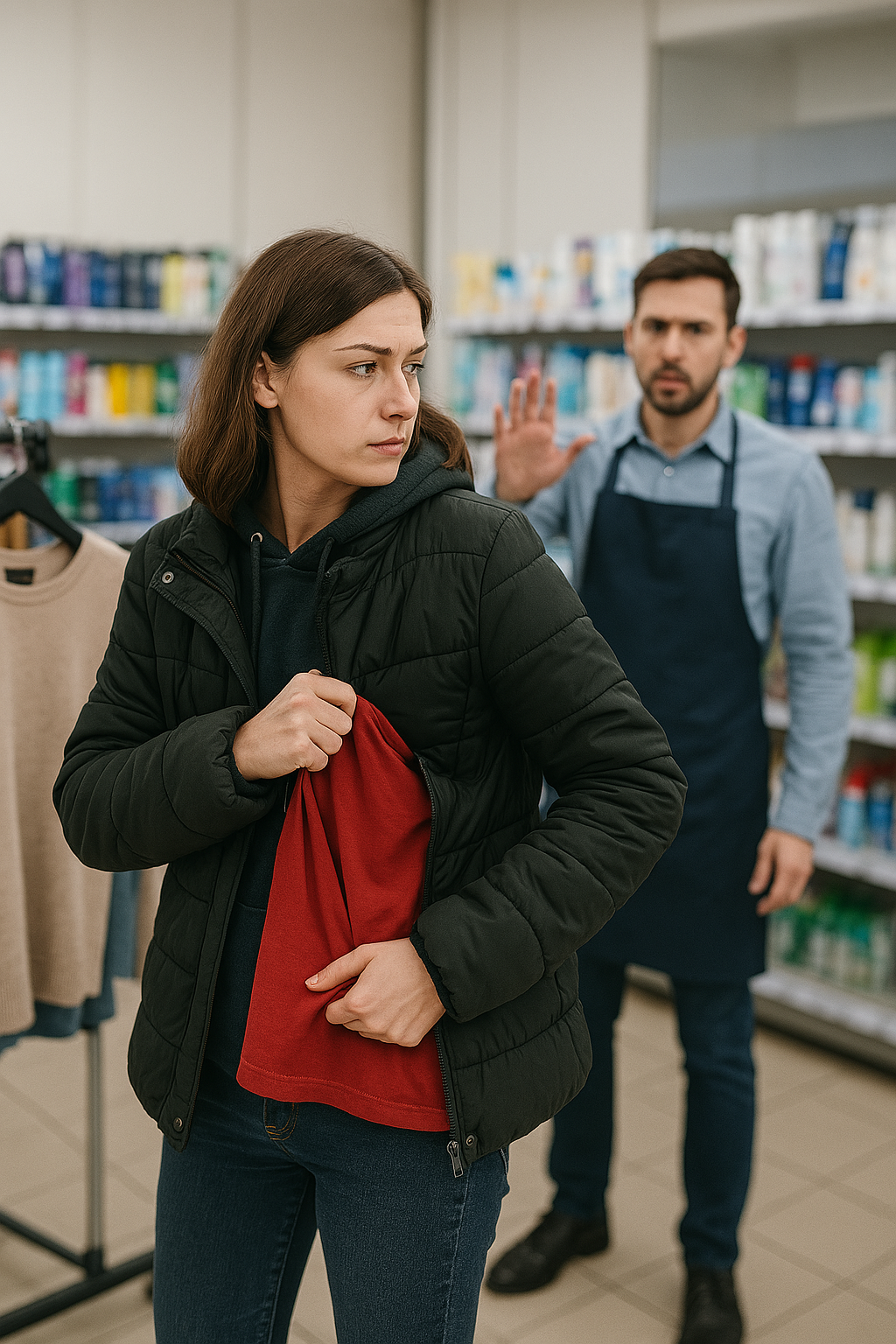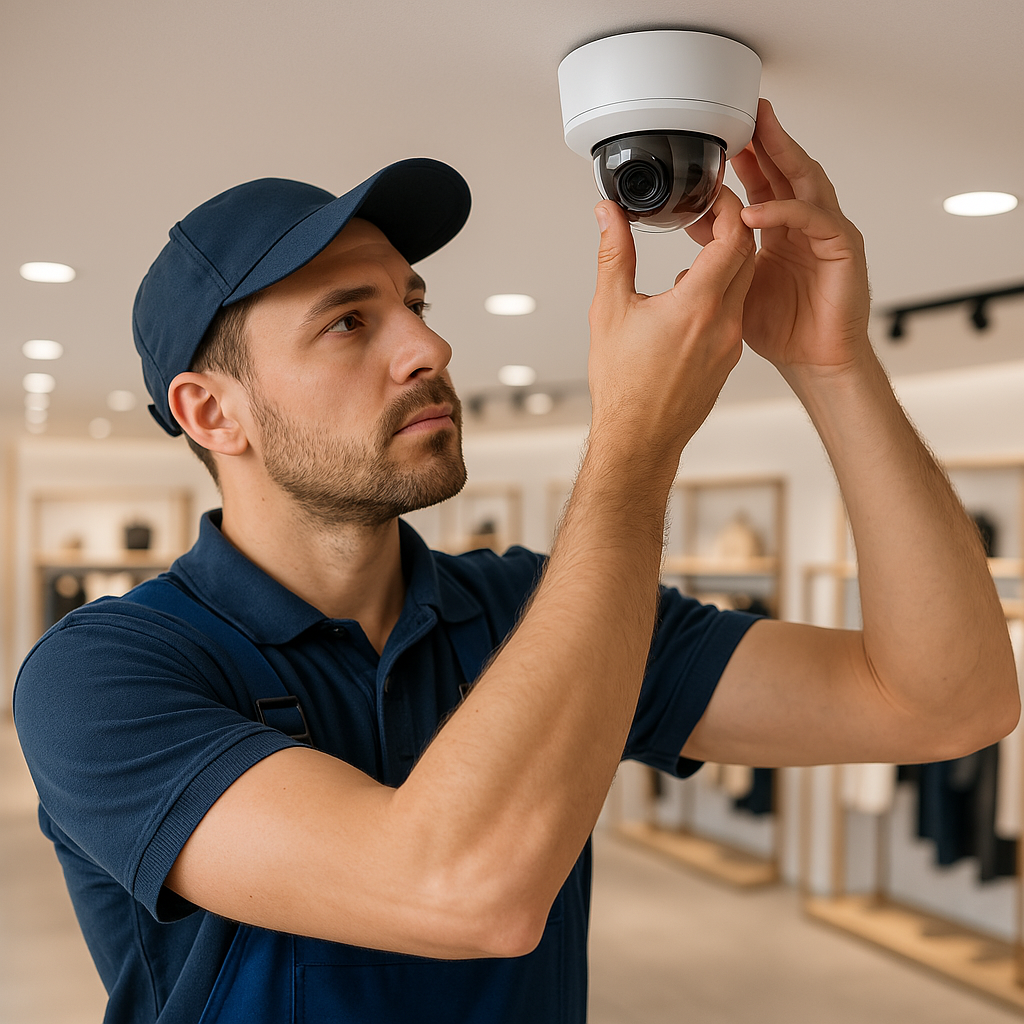News
🔍 All the latest about AI empowering security in retail!

Artificial Intelligence vs. Security Gates: A Strategic Alliance to Fight Theft
In a climate where losses from theft weigh heavily on retailers’ profitability, it becomes essential to adopt security solutions that are preventive, intelligent, and predictive. For a long time, security gates were the main line of defense against unauthorized removal of goods. But

Enhanced Security: When Artificial Intelligence and Security Officers Work Together
In the world of modern retail, security can no longer rely solely on human vigilance. Technology—particularly artificial intelligence—is becoming a valuable ally for security officers. Oxania offers a suspicious gesture detection solution that sends real-time alerts, designed to work

Rise in Shoplifting: How Retailers Can Respond
Shoplifting has been on the rise, a trend that especially concerns those in the retail sector, notably food, DIY, and pharmacy outlets. So, how can store owners respond to this trend while still preserving the customer experience? 🔎 Better understanding

The Key Role of Integrators in the Effectiveness of Suspicious Gesture Detection Cameras for Theft Prevention
In the retail sector—whether grocery stores, pharmacies, or DIY outlets—the implementation of a suspicious gesture detection system does not rely solely on technology. The success of an intelligent solution also depends on the quality of its

Secure Your Pharmacy with AI: A New Era of Intelligent Protection
In an environment where the security of goods and people is essential, pharmacies face specific challenges: managing sensitive products, fluctuating foot traffic, and the need for discretion. Traditional solutions are no longer enough. This is where artificial intelligence comes into play. 🤖 A

The 6 Most Stolen Products in Pharmacies… and How Technology Can Help
In the pharmaceutical sector, shoplifting remains a real issue. Even though pharmacies are perceived as trusted places, they are not spared from theft-related losses. But what products are most targeted... and above all, how can we address this in a modern way
